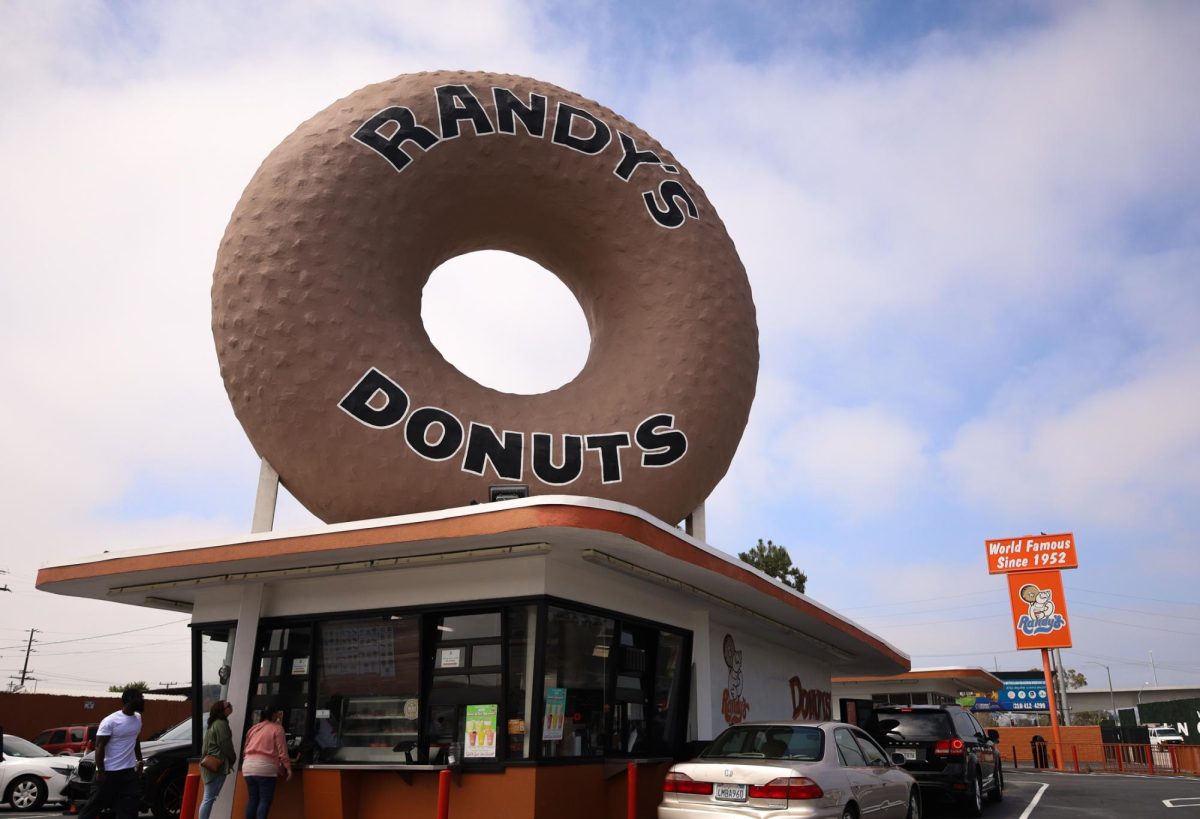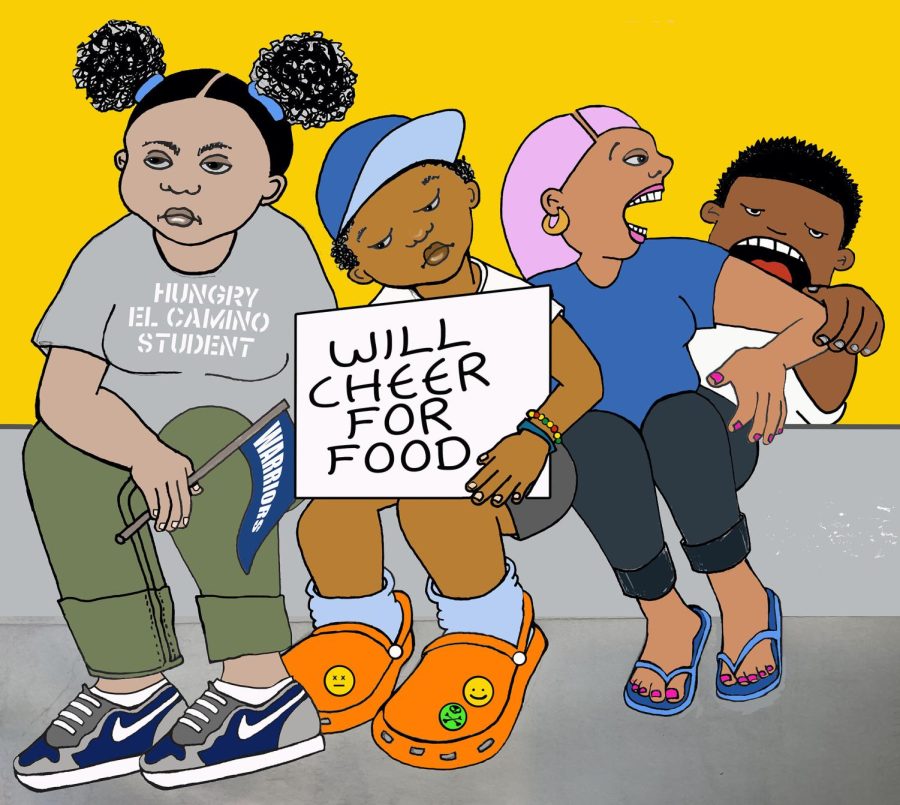Almost 60 years ago, Walt Disney took audiences on an unforgettable journey down a rabbit hole in “Alice in Wonderland.” In 2010, Tim Burton, with a $250 million budget, a talented cast and the magic of IMAX 3-D visuals, could not produce a successful sequel also titled “Alice in Wonderland.”
At 19 years old, Alice, played by Mia Wasikowska, flees a garden party celebrating her new marriage proposal after being distracted by a white rabbit.
Once in Underland, Alice reconnects with familiar characters including the caterpillar Absolom, played by Alan Rickman.
Burton personalizes the film with his usual darkness, but loses the audience in a confusing and poor acting job by almost the entire cast. Johnny Depp didn’t do much other than serve as a huge marketing tool. By slipping in and out of a British accent, his character resembled previous roles like Willy Wonka and Jack Sparrow.
Alice’s portrayal isn’t too compelling either. She seems to have lost that child-like curiosity, prevalent in Disney’s animated film. With little chance for emotional connection with the audience, she robotically flows from point A to point Z without much variety in between.
What saved this movie from a complete waste of its admission price was Stephen Fry’s amazing vocal talent as the Cheshire Cat and the Burton-inspired 3-D IMAX visuals.
You feel as if you are actually peering through that looking glass as elongated branches, smoke and flying top hats appear inches from your face. But once the gimmick of 3-D wears off, so will any impact this film had on the viewer.
For 108 minutes, the audience is guided through a graphically amazing film. But, no matter how good a formula you have to create a “good” film, great acting and a compelling story line are always necessary.







